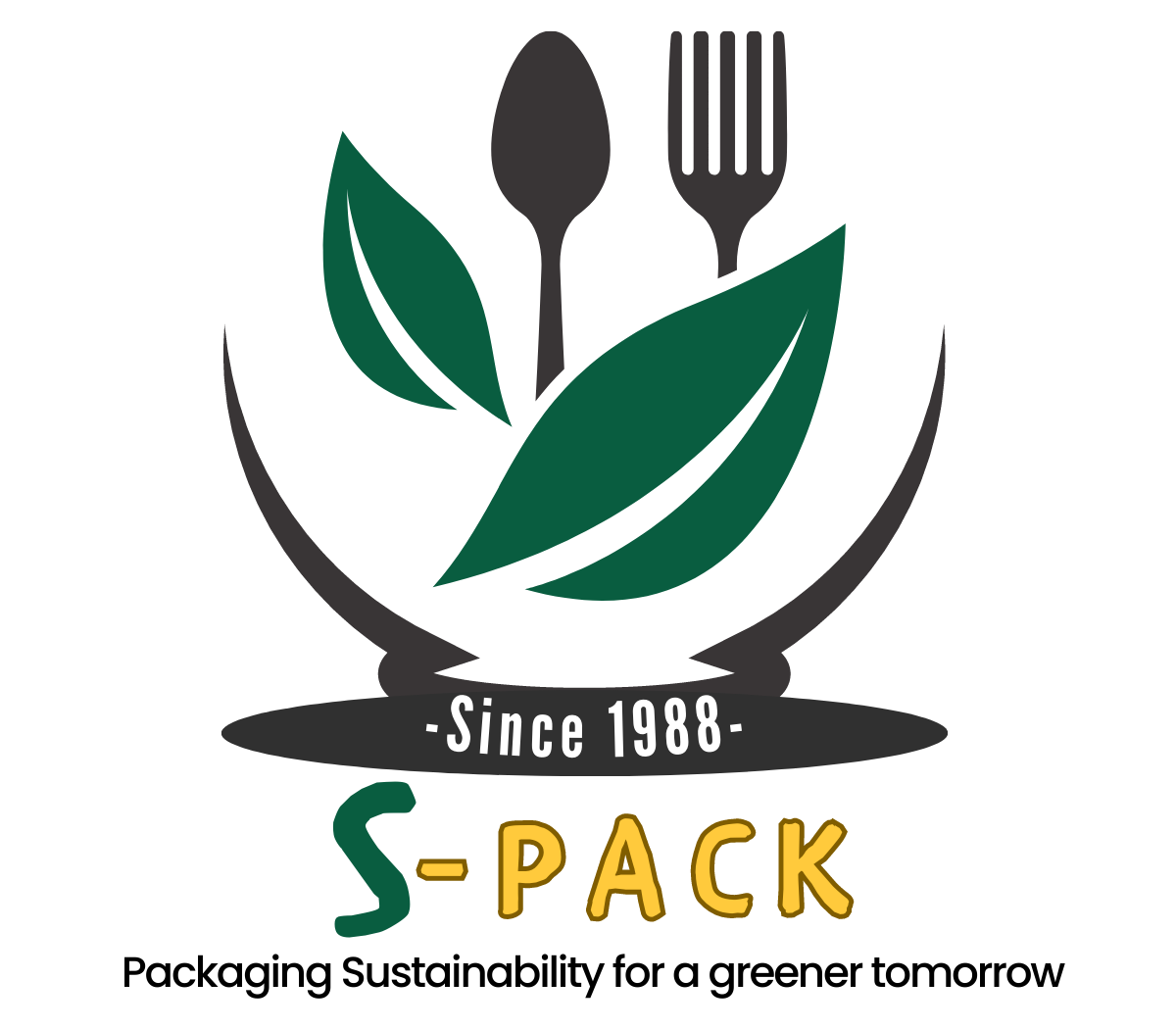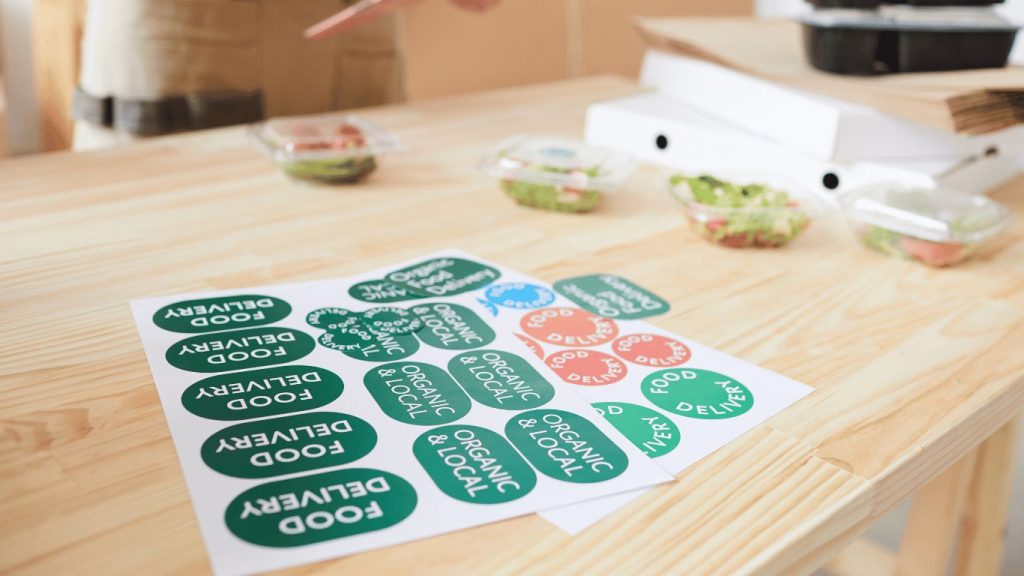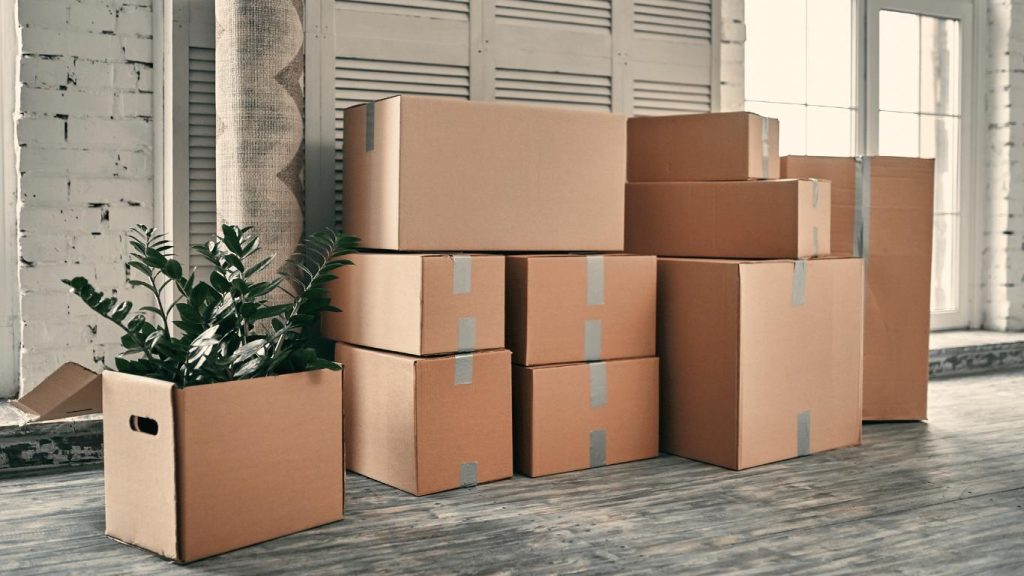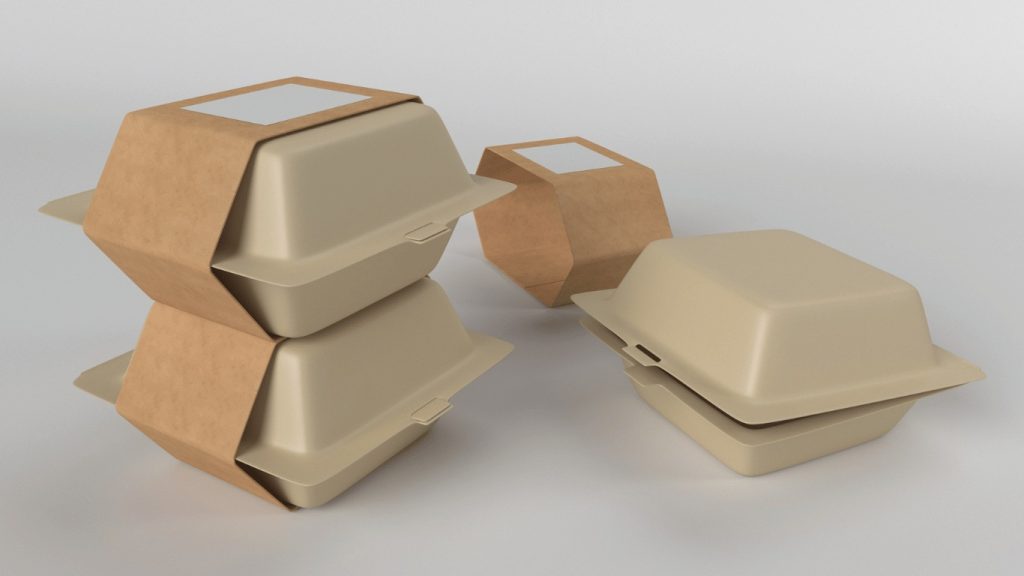Today, in a world as people become more aware of environmental issues, customers are making more conscious choices to reduce their impact on the environment. This includes packaging for the items they purchase. Aluminium packaging has emerged as a leading alternative to eco-friendly packaging solutions. It offers numerous advantages that lead to an enviable carbon footprint.
Understanding Carbon Footprint
Before getting into the details of aluminium packaging, let’s define an understanding of the common ground. The carbon footmark on a product refers to the complete temperature of greenhouse gas( GHG) emigrations associated with its entire life. This includes everything from the beginning of the raw accoutrements, to the finished product, transport as well as the disposal from the. In the case of packaging, reducing the carbon footprint translates into reducing the GHG emission that is generated throughout the lifecycle of the product.
Aluminium Packaging: A Sustainable Choice
Aluminium packaging boasts several key advantages that make it a champion for reducing your carbon footprint. Here’s a closer look at how it achieves this:
- Lightweight Champion: Aluminium is a natural material that is light. This means that less material is required to make packaging for the same quantity of product when compared to heavier materials such as glass. The lighter weight can also decrease the energy consumed when transporting, which pays off in reduced emissions.
- Endlessly Recyclable: Like other packaging components aluminium is a recyclable material that can be reused in infinite ways. It can also be broken down and transformed into new products over and over again without loss of its original quality. Recycling aluminium takes the use of only five percent of the energy needed to create virgin aluminium from scrap. This dramatic reduction in energy consumption leads to a significant reduction in GHG migrations.
- Closed-Loop Recycling: The high recycling rate of aluminium makes it suitable for the use of a closed-loop system. The majority of aluminium that was ever produced is being used to this day. This means that there is less need to mine new raw materials, thereby decreasing any environmental impacts.
- Superior Protection: Aluminium packaging provides an excellent level of protection for goods. It is an effective barrier to oxygen, moisture, light and other harmful substances which extends the shelf life of food items and reduces waste. Decomposition of food waste contributes greatly to methane emission, a powerful greenhouse gas. In reducing food waste, aluminium packaging can benefit and reduce emissions.
- Recyclable by Consumers: The most aluminium-based packaging is readily recyclable for consumers via curbside recovery programs. This helps encourage responsible disposal and keeps the product in the recycle cycle.
Beyond the Basics
Aluminium packaging’s advantages in reducing carbon emissions aren’t limited to the material’s core properties. Here are a few extra things to think about:
- Innovation in Production: The aluminium industry is constantly seeking to raise manufacturing processes in order to reduce the use of energy and carbon emissions. This includes using renewable energy sources as well as more efficient smelting techniques.
- Down-Gauging: Companies are continually creating methods to make thinner but still strong aluminium packaging. This helps reduce how much material is needed per unit, which further reduces impacts on the environment.
- Sustainable Sourcing: Reliable aluminium producers are prioritizing the sourcing of its raw materials in areas that have sustainable mining methods. This helps to minimize environmental harm when extracting the material.
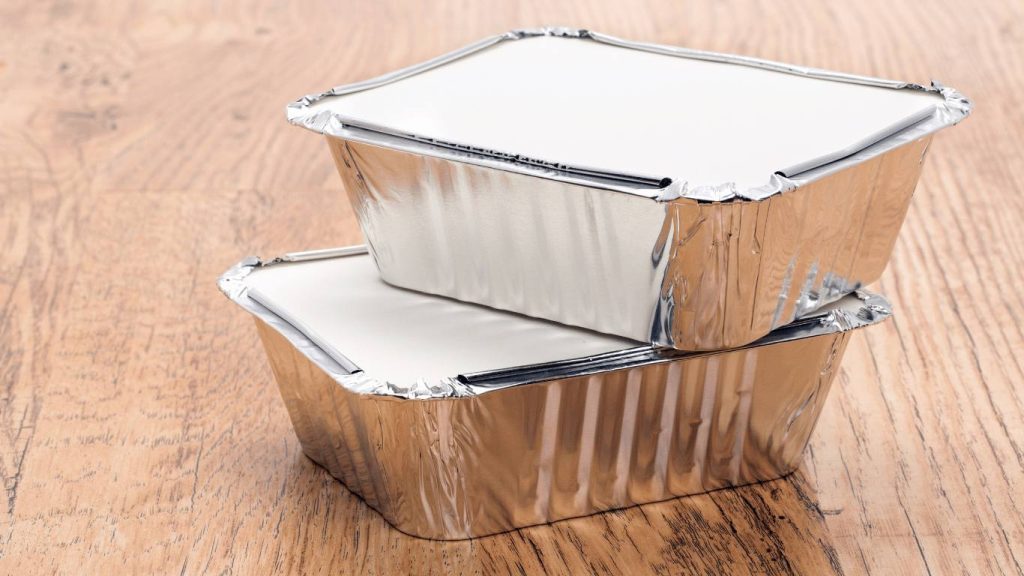
Making Informed Choices
Although no material is perfect, aluminium packaging makes an argument that is convincing for sustainable development. The combination of light packages, outstanding recyclability, and continuous diligence towards reducing the carbon footprint of its packaging makes it an obvious frontrunner.
As consumers, we can play a vital role in promoting sustainable packaging practices. Here’s how:
- Look for the Aluminium Packaging Label: Choosing products with the aluminium packaging label signifies your support for sustainable packaging options.
- Recycle Responsibly: Ensure you properly recycle used aluminium cans and containers to maximize their potential for reuse.
- Advocate for Change: Support brands and businesses that prioritize sustainable packaging solutions like aluminium.
Read also: 10 Best Ways to Use Packaging Stickers As a Branding Tool
Limitations and Considerations
While aluminium packaging can provide many advantages, it’s important to be aware of its limitations. The initial production of pure aluminium does consume a substantial quantity of electricity. However, the significant recycling rate greatly reduces the initial impact. Furthermore, the process requires energy. But, when compared to the production of pure aluminium, recycling is significantly more efficient.
The Road Ahead
Aluminium packaging has been recognized as a pioneer in the search for green packaging payoff. With constant improvements in the manufacturing process such as sourcing methods, manufacturing practices, and recovery technologies, aluminium packaging is set to be a major and in fact, a smaller role in reducing our carbon footprint. By taking this green option, we can join forces to create a more sustainable tomorrow for future generations.
Conclusion
The choice of aluminium packaging is an intelligent choice toward a more sustainable way of life. Its lightweight, inexpensive recycling capabilities, and its protective qualities makes it an ideal choice to reduce your carbon footprint. Consumers can be part of this eco-friendly opportunity by focusing on aluminium packaging and actively taking part to recycle programs. Collectively, we are able to make an environment in which sustainability and convenience go hand-in-hand.
